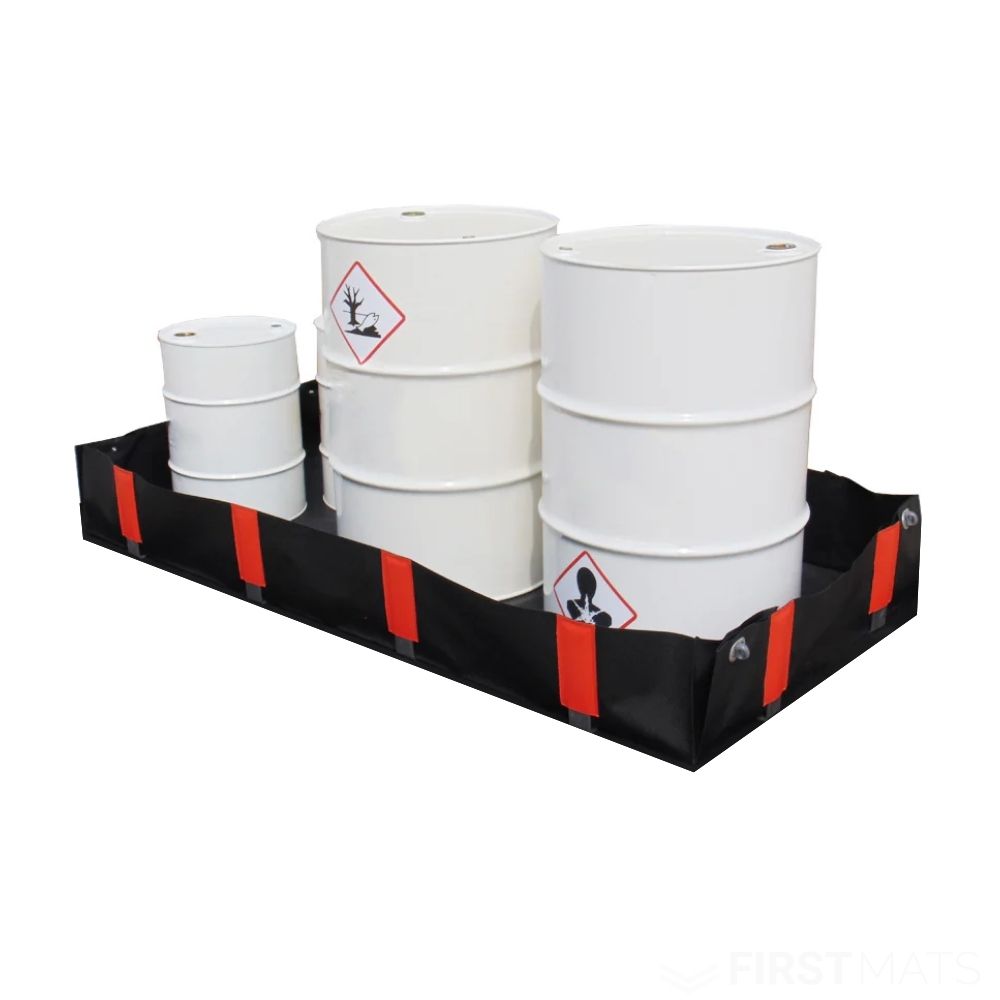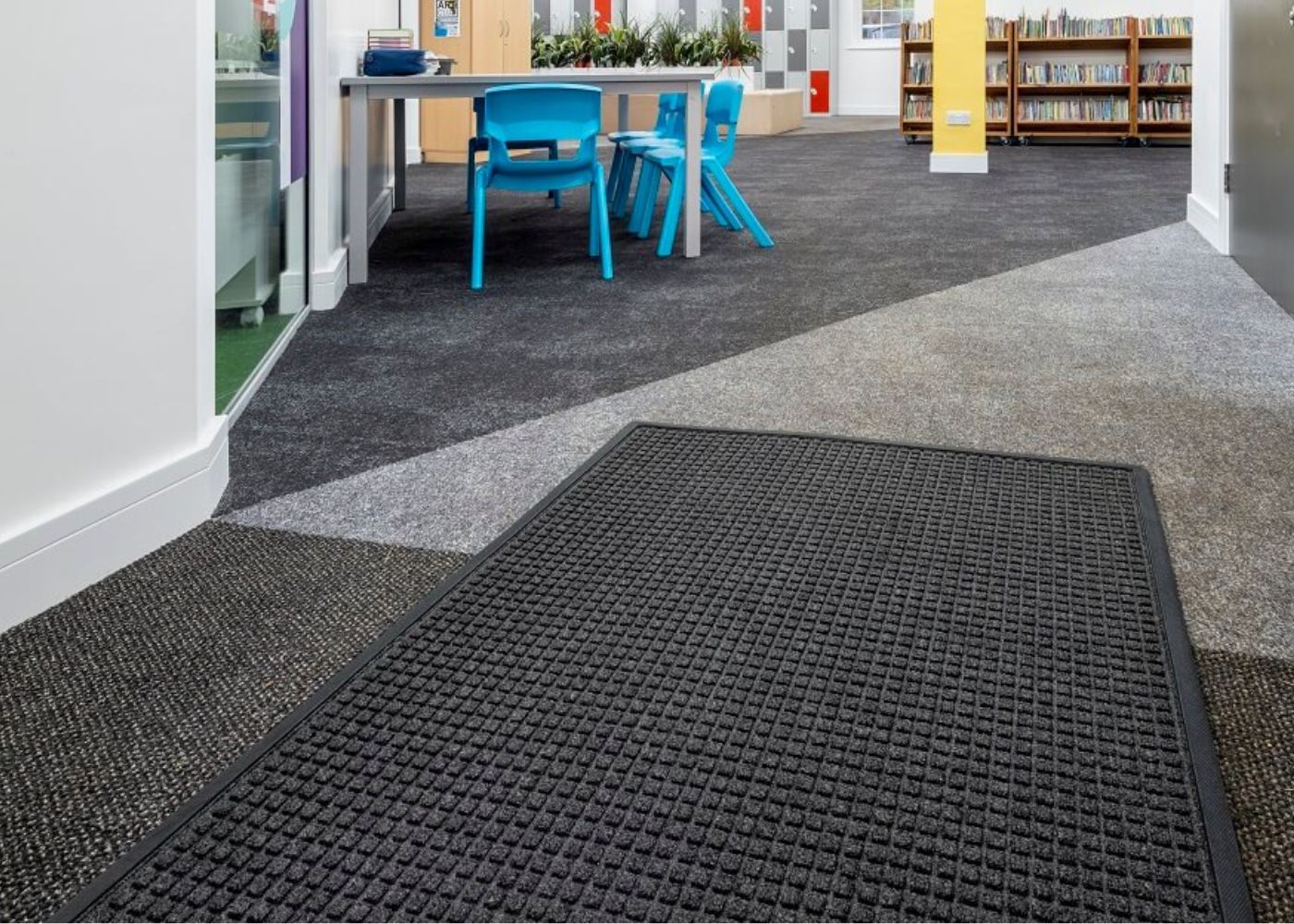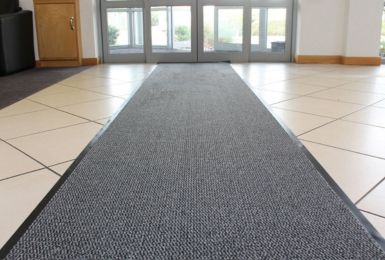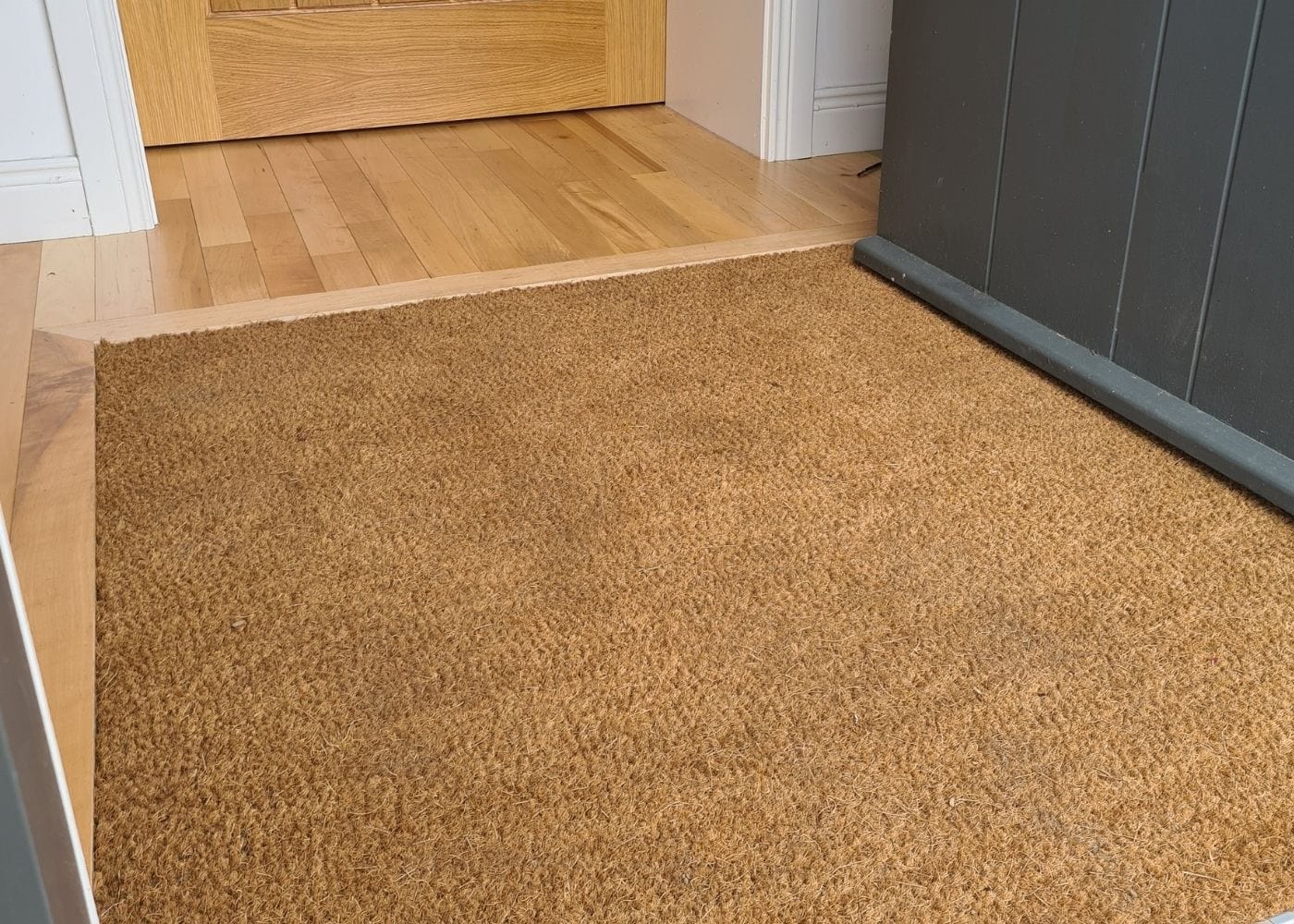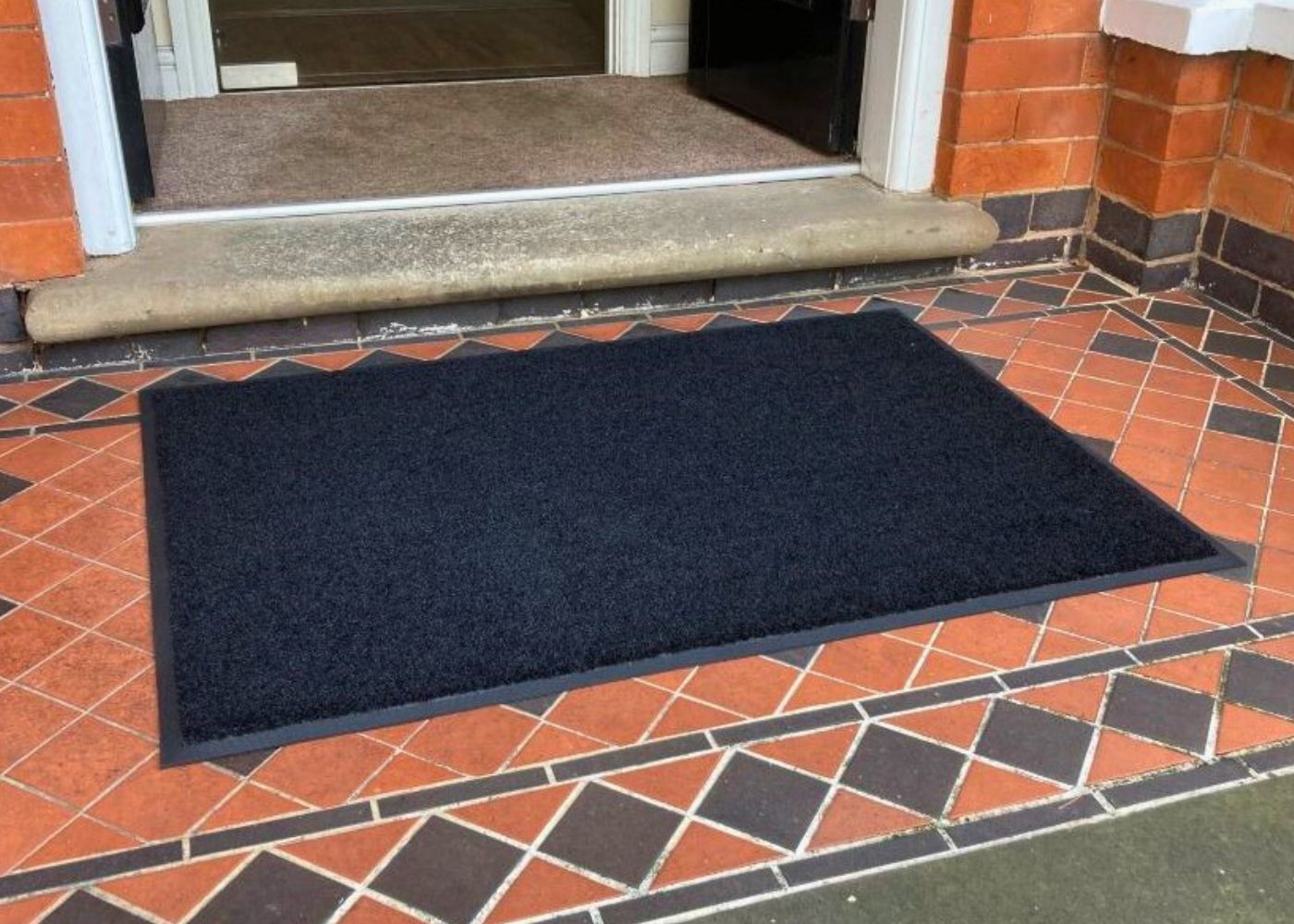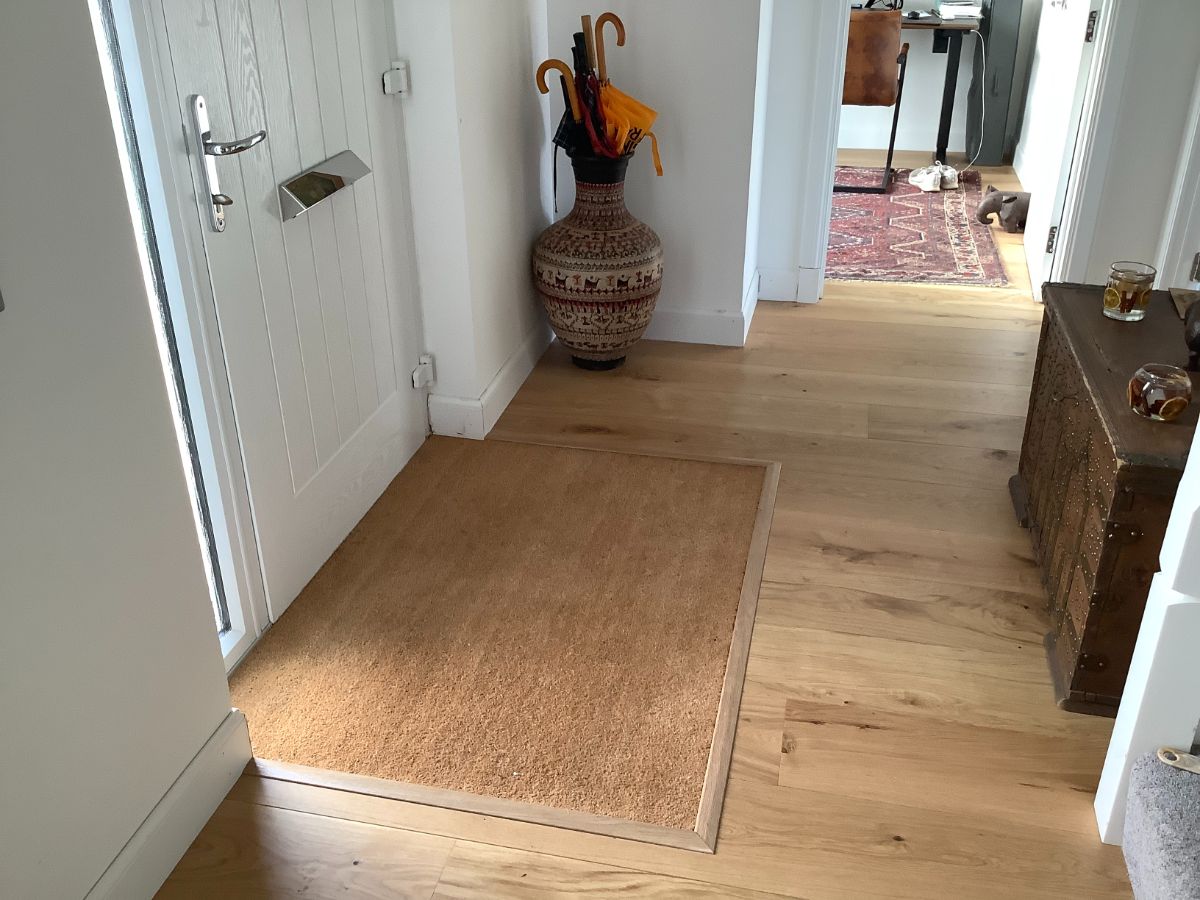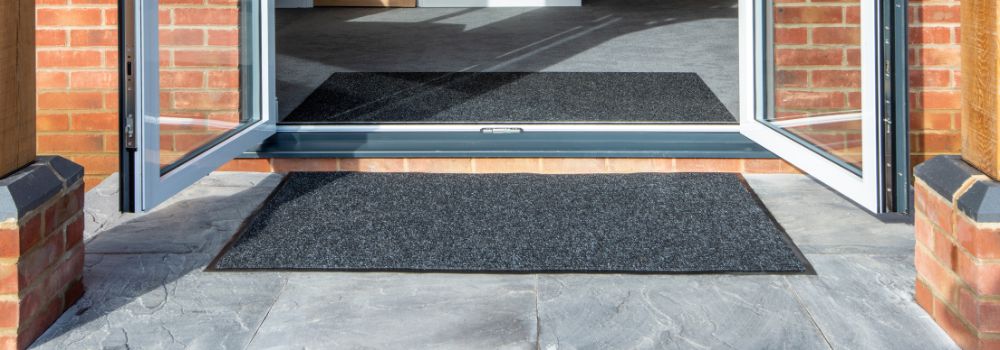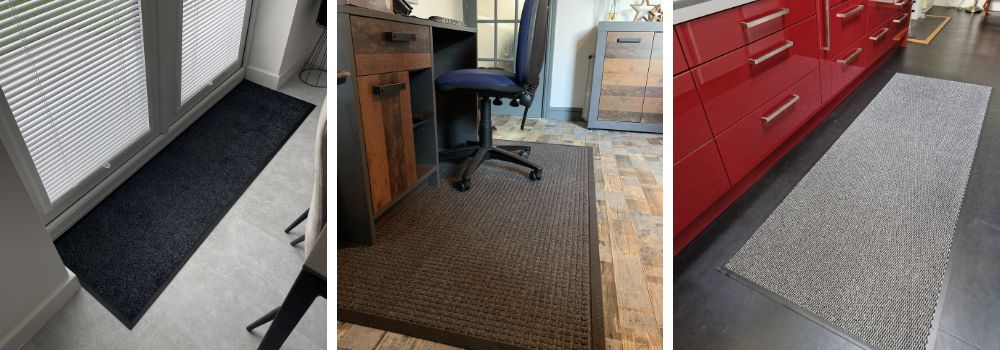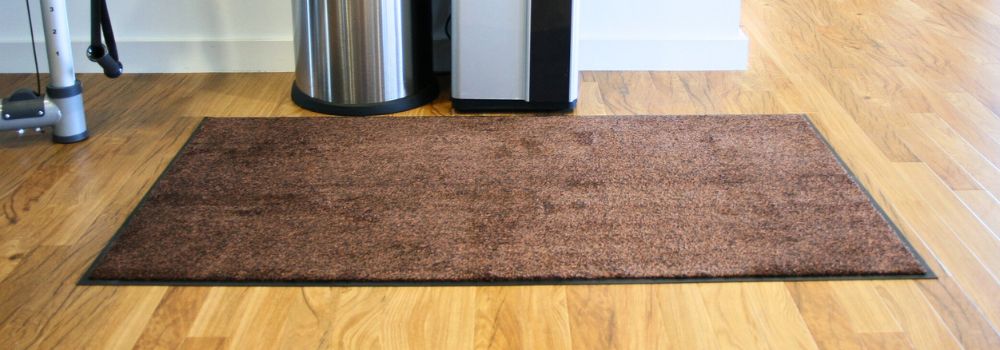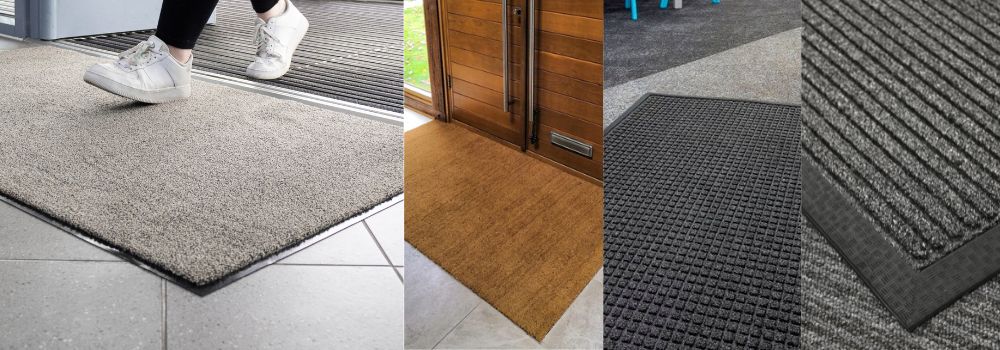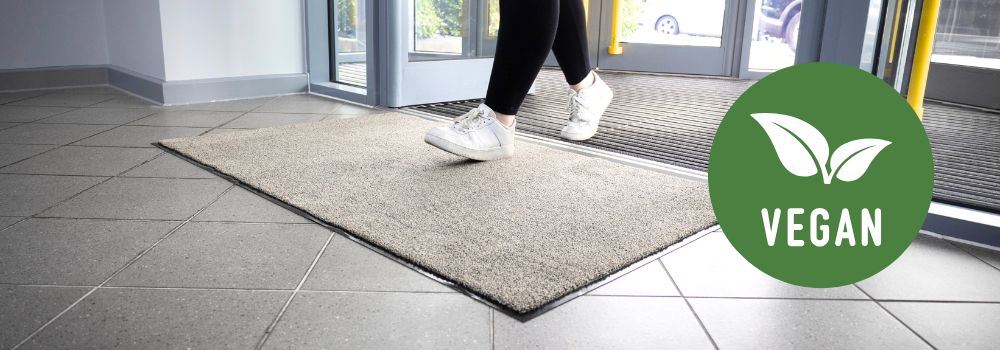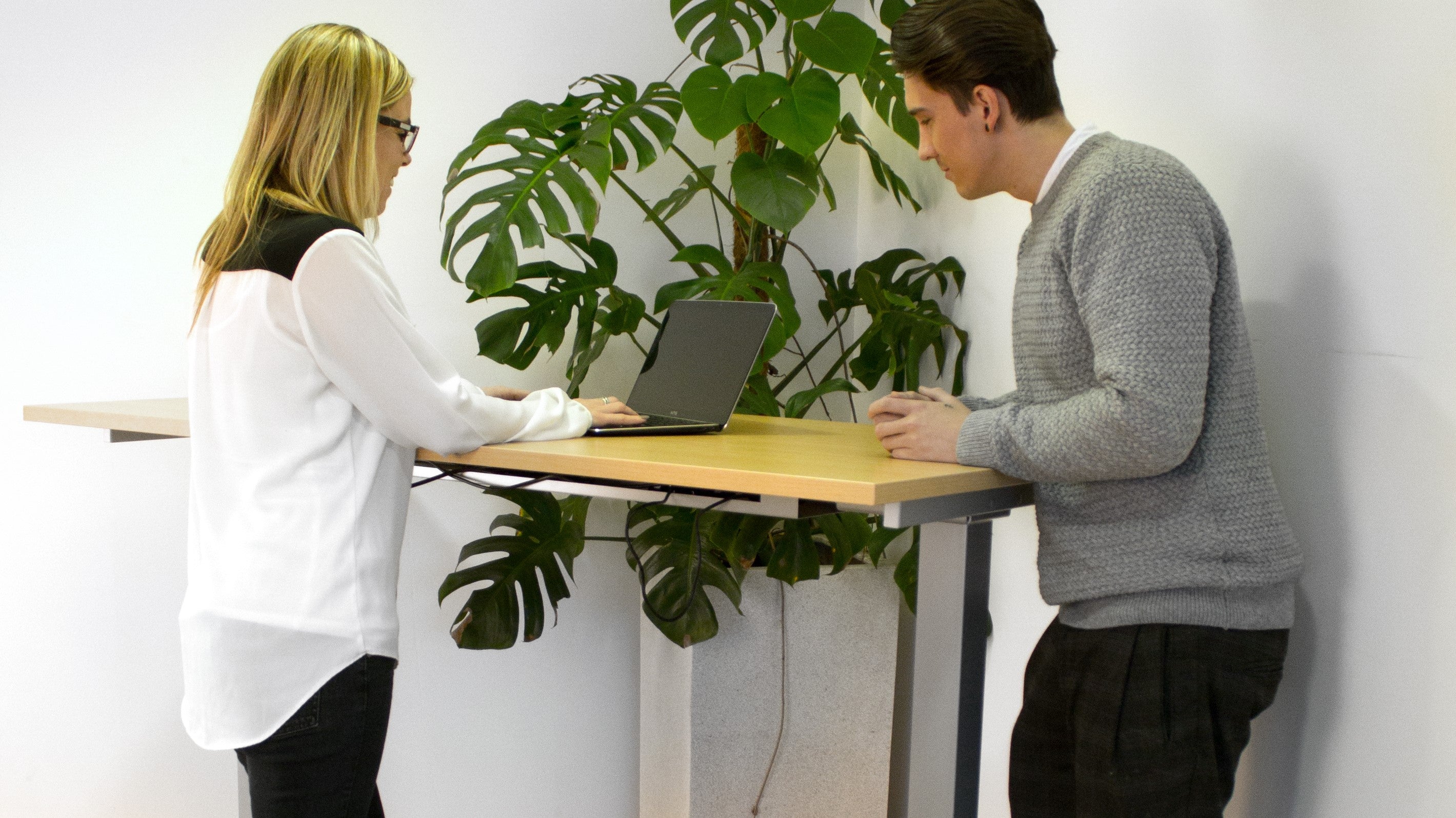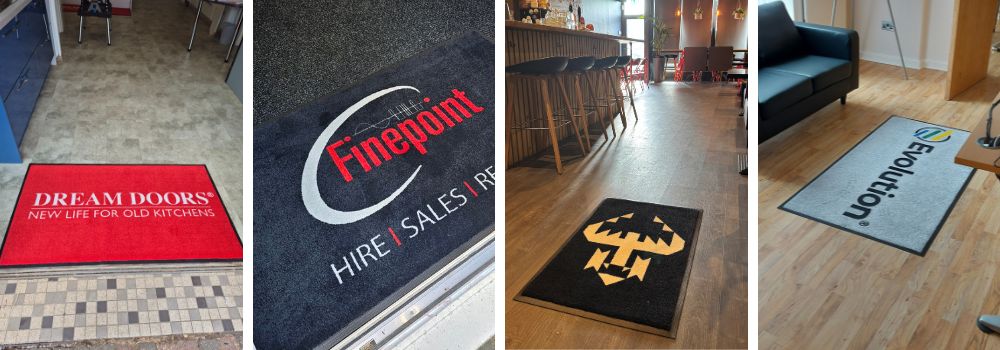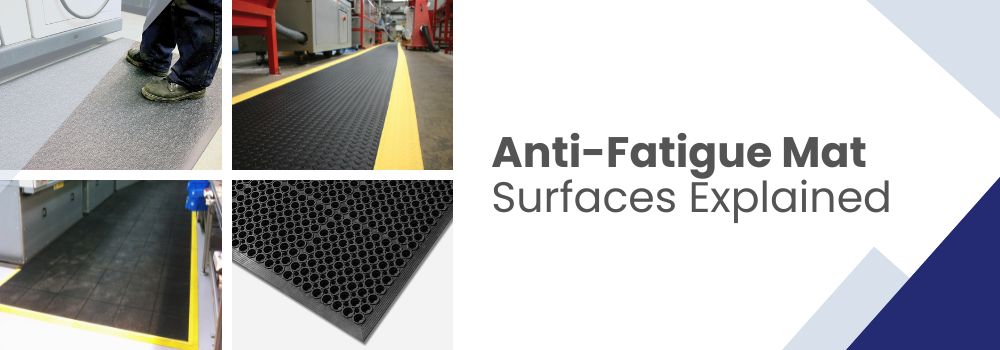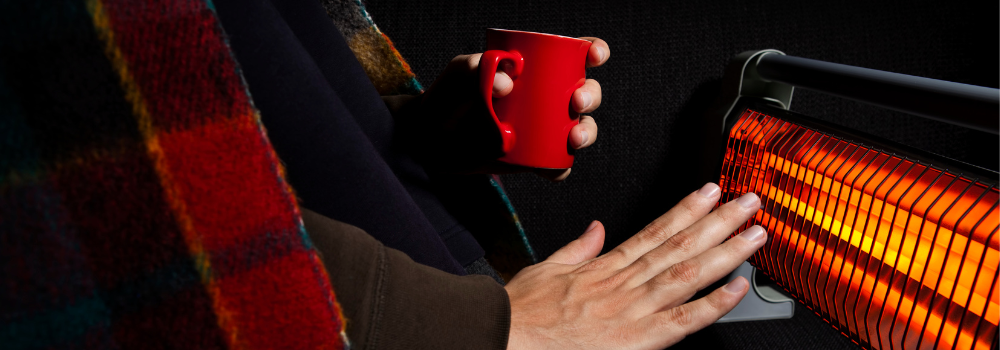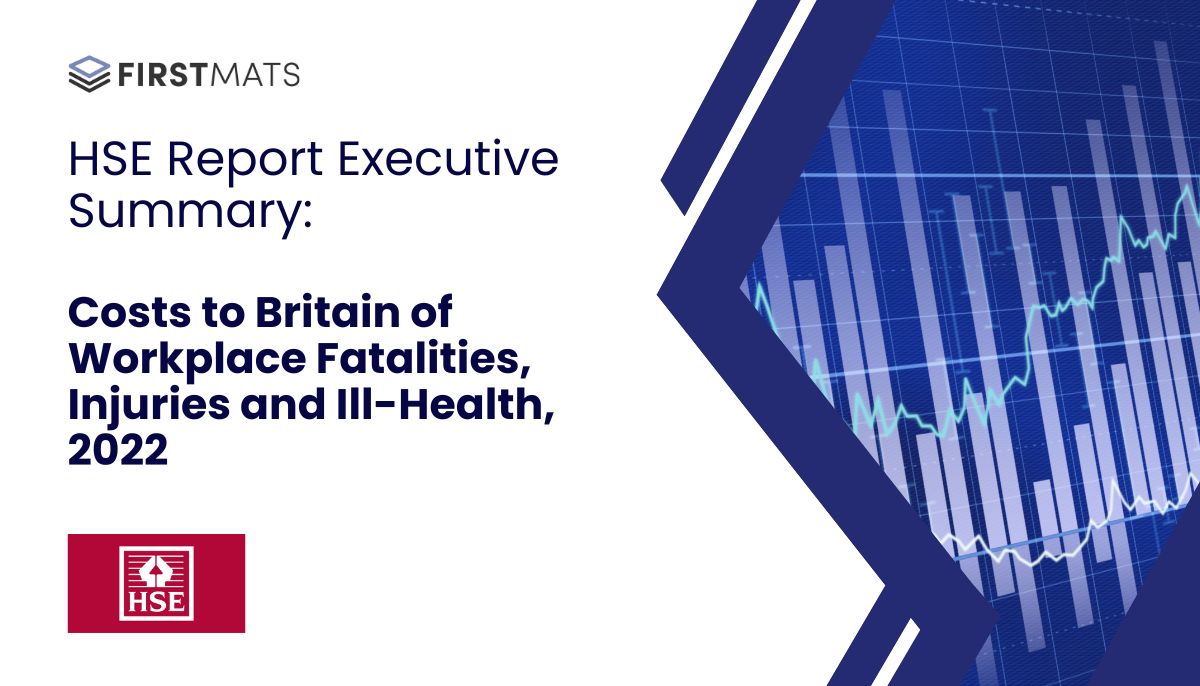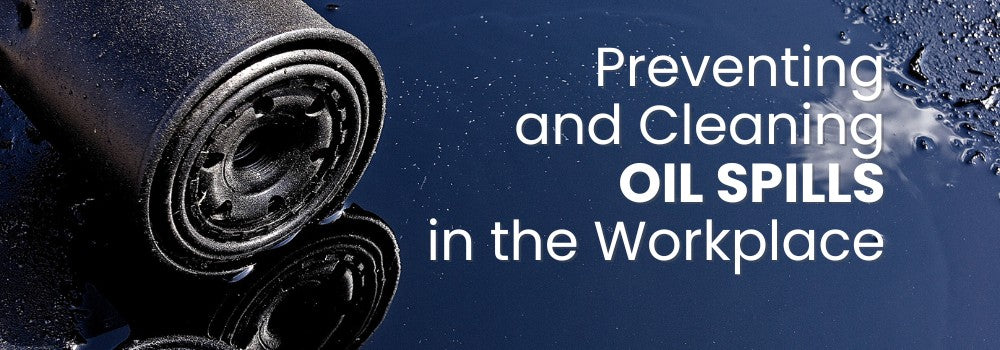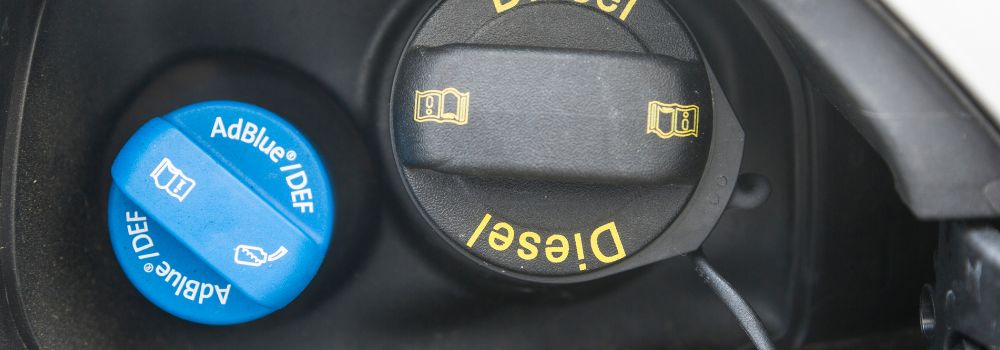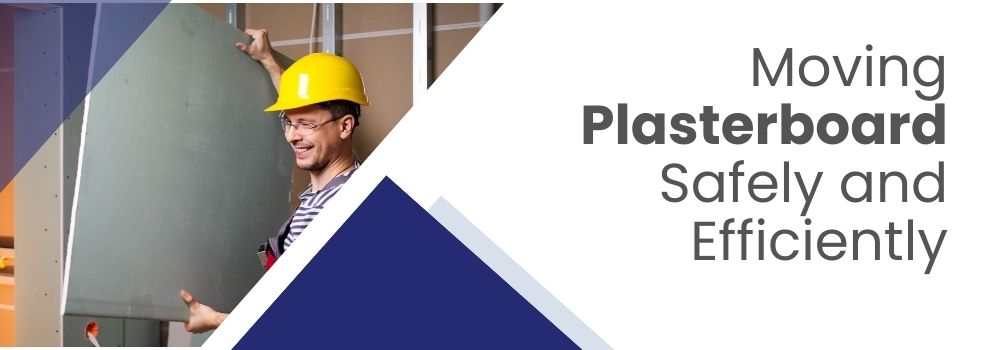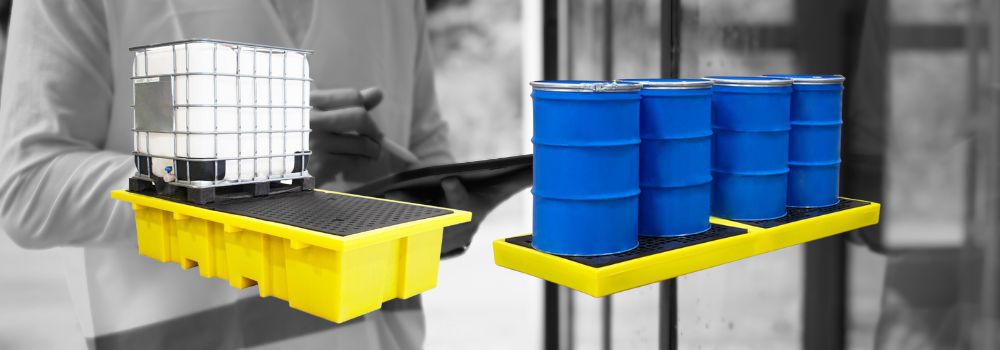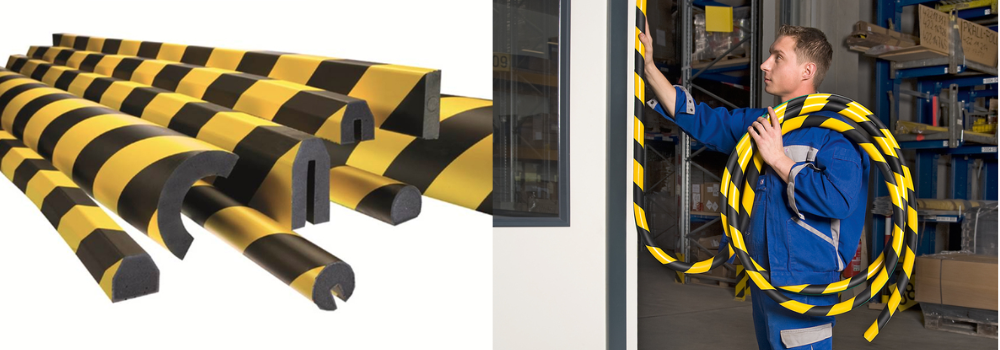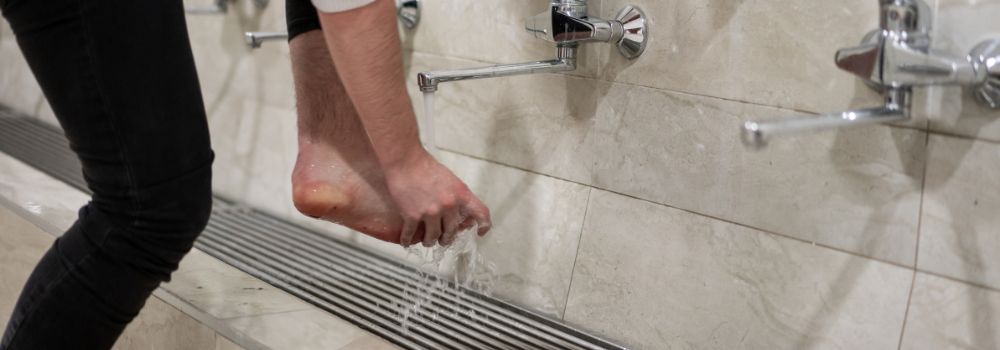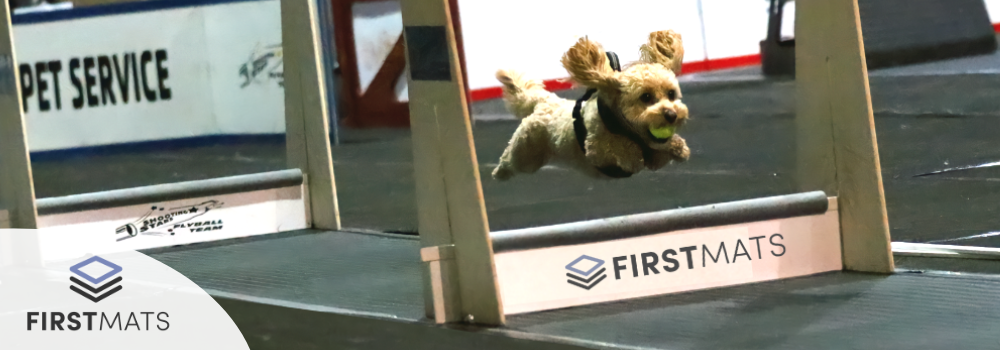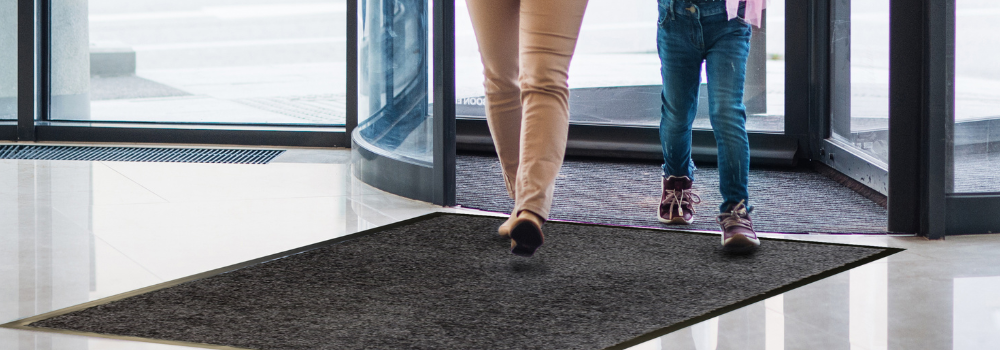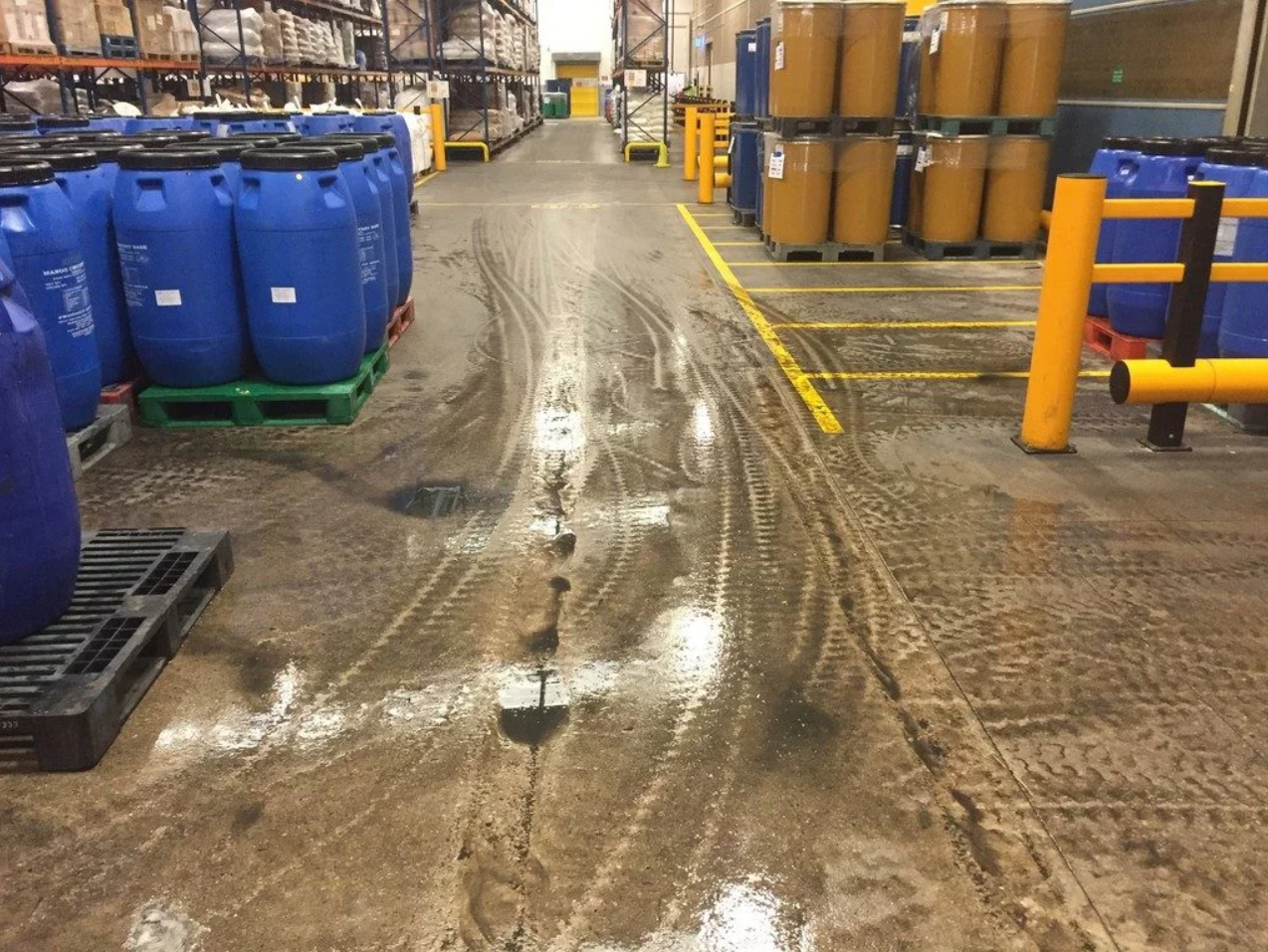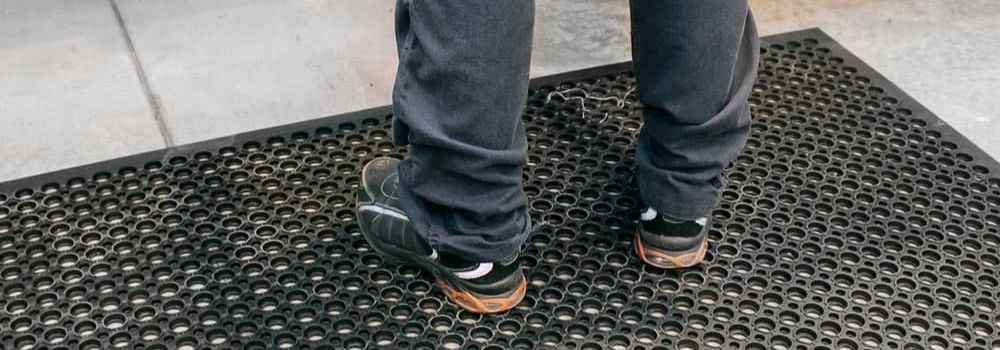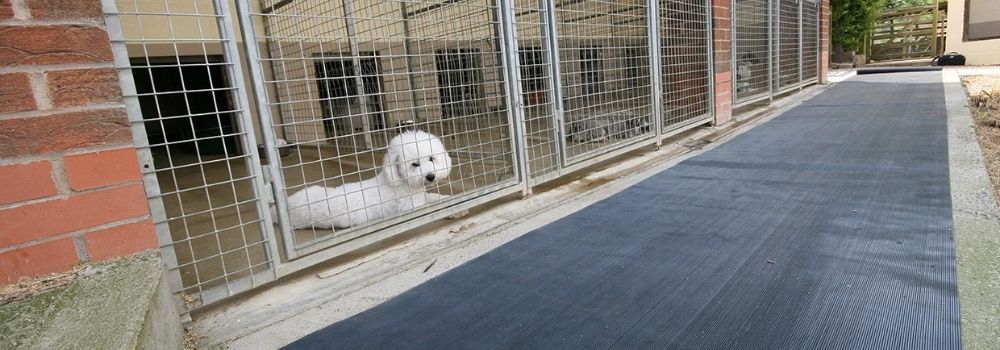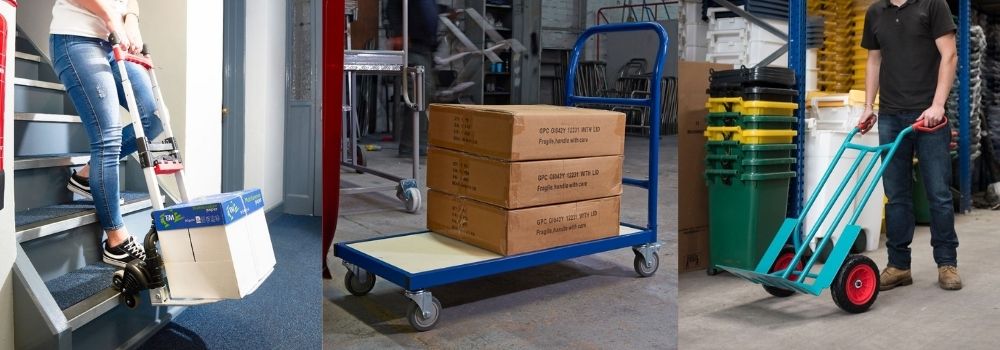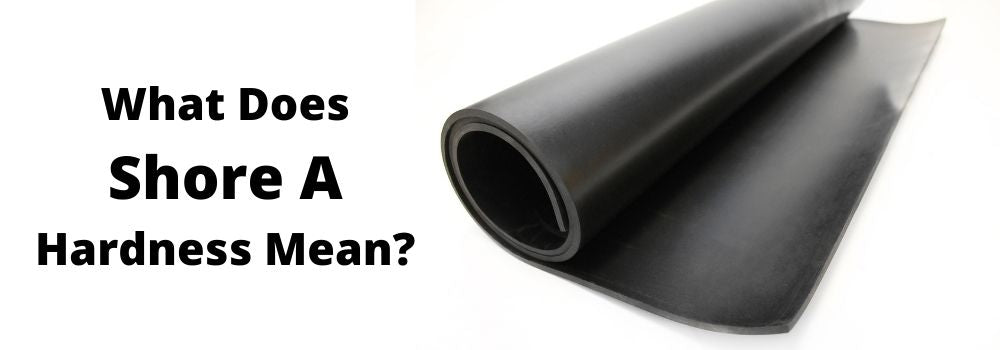Choosing the best Industrial Workbench

by Richard O'Connor
Jul 19, 2021 | *4 minutes to readA workbench is the cornerstone of your workshop, whatever field you work in. Finding the best workbench for your requirements can boost your productivity and improve your comfort.
There are a lot of factors to consider, though, to ensure you get the perfect bench for your needs. Here’s our guide to some of the areas that you should consider.
Workbench Size

The size of the bench you get will depend on a couple of different things. Firstly, how much space have you got? You can’t get a huge workbench in a small room or if there are doors, fixed cupboards or essential equipment or machinery that you need to work around.
Secondly — what kind of work are you doing? Small, delicate work does not necessarily need a huge bench, whereas if you are building or repairing larger items, you need to work concurrently on several things, or you need space for tools and plans, you’ll want the biggest bench you can get.
Workbench Height
Will you be standing at your bench or sitting? Perhaps you’ll do both? If so, you’ll want to look at a height-adjustable workbench. This type of bench can also be great for detailed work, as the user can remain seated and bring the work closer to their eyes.
Workbench Load Capacity
Some heavy-duty workbenches can safely hold up to 1200kg when the weight is evenly distributed. If you work on particularly heavy items, you’ll definitely want to look at these heavy-duty options so you can work comfortably without any danger of the bench collapsing under the strain.
If your work typically involves lighter components, however, you can use workbenches with a lower weight capacity and save some money.
Workbench Surface
Your choice of surface can come down to aesthetics, or it can be fully informed by the type of work you do. People working in food preparation or clinical environments might need to choose a stainless steel surface, as it is easy to clean and sterilise and will not easily scar.
Other surface options include laminate and solid wood, and these are better than metal for absorbing the vibrations caused by power tools – but they will stain and scar up much more easily.
For people who frequently require a clamp, ensure the surface of your new workbench has excess area around the frame so you can easily attach one. Benches with frames that come right to the edges of the worktop will not easily accept a fixed clamp.
Dealing with Electrostatic Discharge

Electrostatic discharge (or ESD) benches are an absolute must-have for anyone working in computer, phone or tablet maintenance and repair, electronics assembly or any other work that involves delicate or sensitive electronic components.
A good ESD bench is manufactured from dissipative materials — typically a hard laminate or soft rubberised worktop, for example — and will incorporate some kind of grounding mechanism through which users can routinely earth themselves to prevent the build-up and discharge of static.
Storing your Workbench
Are you looking for a basic workbench — essentially a sturdy table — or do you want integrated storage for components and tools? Some benches can be added on to as your needs (or your budget) grow, whereas other options are off-the-shelf with drawers, cupboards and louvres built in.
Make sure you think about the likely long-term requirements for your workspace. Most people want a fixed (or static) workbench. These can often be sturdier, more heavy-duty in terms of load bearing and can have more storage and accessory options. However, some environments and tasks are more conducive to a rolling bench. These are mounted on castors, allowing free and easy movement around your site.
Typically, mobile workbenches are smaller than their fixed counterparts, but you can still find some options available with a choice of size and capacity variants. Cost Cost is always a factor, of course.
Don’t forget, though, that the workbench is the most used piece of equipment in most workshops, and the benefits of an ergonomically designed workspace shouldn’t be underestimated. Add in the increased productivity that comes from having tools and components organised and readily accessible with a dedicated workspace, and you can see that cost isn't the only consideration.
Explore More Topics
Frequently Asked Questions
If you have any questions, we’re here to help
How long does delivery take?
Each product comes with a specified lead time for delivery. We'll keep you informed if there are any delays in meeting this timeline.
Typically, once you’ve finalised your order and approved the proof, it will take 4-5 business days to make and deliver your finished mat.
If my order is damaged, can I return or exchange it?
Got a problem with your order? If something's not right or you're not thrilled with the quality, just let us know within 14 days of getting it. Drop us a line, and we'll tell you what to do next—usually, it starts with you sending us a photo of the issue. Once we check that out, we'll sort you out with a refund or a new item, no fuss.
Can I get my mat delivered more quickly?
Need your item in a hurry? Just Contact us to explore the faster delivery options we might have for you!
If my custom mat is damaged, can I return or exchange it?
Got a problem with your order? If something's not right or you're not thrilled with the quality, just let us know within 14 days of getting it. Drop us a line, and we'll tell you what to do next—usually, it starts with you sending us a photo of the issue. Once we check that out, we'll sort you out with a refund or a new item, no fuss.





